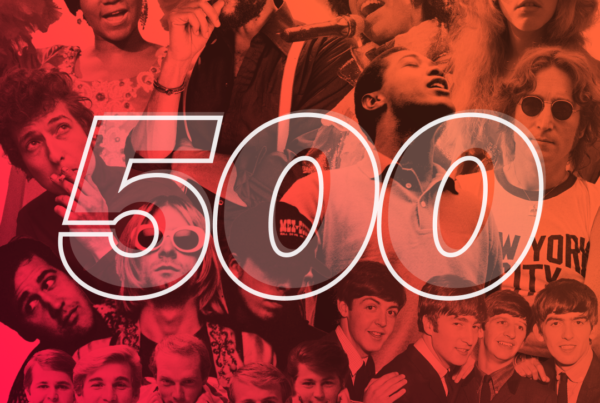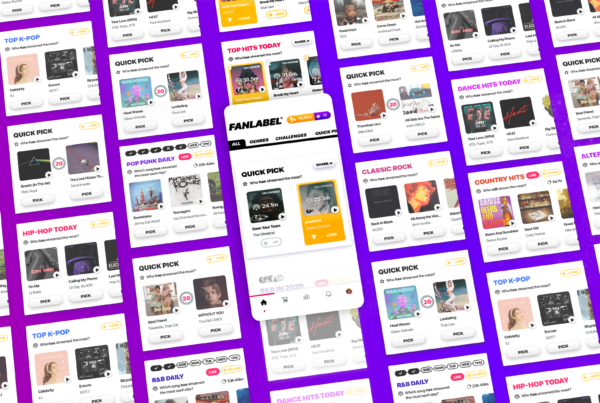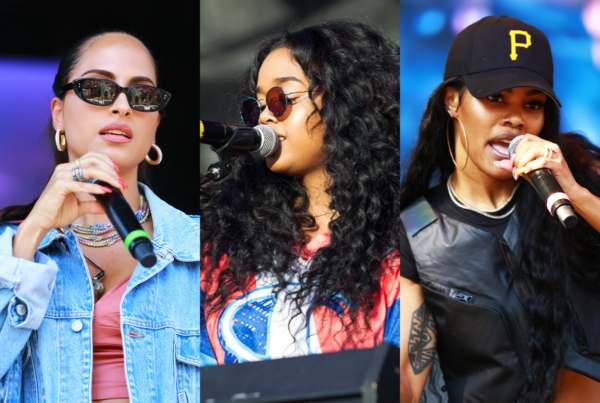We are big fans of country music here at FanLabel. We realize that country music has come a long way, and today’s popular sound doesn’t often resemble the twangy, honky-tonk feel of the old school country music. Country music continues to tell a story, though, and that aspect has been the backbone of the genre over the years.
Current country music is often referred to as “pop country” or “bro country” and country artists are incorporating new sounds into their songs, which includes hip-hop and pop elements.
Today the country genre is filled with collaboration and crossover sounds. Acts such as Florida Georgia Line, Sam Hunt and Kane Brown infuse not only pop sounds, but also hip-hop and R&B beats. In fact, Florida Georgia Line has collaborated with rapper Nelly (as has Tim McGraw in the past), while Jason Aldean and Carrie Underwood have made songs with hip-hop superstar, Ludacris. The genre is full of artists who are willing to disrupt the industry, and with the rise of streaming music, newer and broader audiences are being exposed to country music. Additionally, “bro-country” has given more popularity to the genre in recent years. These are country songs dominated by popular male artists, such as FGL, Jason Aldean and Luke Bryan, that has a hard edge and more pop, hard rock and even electronic feel to it. Though, going into 2019, we’re thinking bro-country may be falling out of the scene a bit.
But how did we get here? Early country music drew its inspiration from folk tales, and in terms of recording music, the genre’s roots can be traced back to the 1920s with artists like Jimmie Rodgers, Vernon Dalhart and The Carter Family. Nashville’s legendary Grand Ole Opry opened in 1925 as well.
Moving into the 1930s, this is where the beginning of the real traditional sense of country music was born. Western films were very popular during this time, and country music was a natural fit. Its roots intertwined with that of the Western films by drawing inspirations from the movies, such as cowboys and storytelling, and the style of music was very much present throughout the film genre.
The 1940s brought a lot of rock ‘n’ roll influence into the genre, and this where the “honky tonk” sound was born. Artists like Hank Williams and Kitty Wells were highly influential during this time period. Then the 1950s came along and the Nashville sound was born, thanks to locally-based record companies such as Columbia and RCA Records engineering a new and smoother style of country music compared to honky tonk or “rockabilly” sounds. The likes of Patsy Cline, Chet Atkins and, of course, Johnny Cash were big-time country names during this decade.
In the 1960s, there were a lot of cultural changes taking place in the U.S., and new music genres were emerging at a rapid pace. Still, country music continued to evolve. While the Nashville sound remained strong, a new subgenre emerged: The Bakersfield Sound. Starting out in California, this new sound was an answer to the highly commercialized Nashville sound. The Bakersfield Sound drew from emotion and tried to put more passion and storytelling back into the genre. Bakersfield’s own Buck Owens and the Buckaroos are probably the best known act from this category. However, other country artists, namely Johnny Cash, remained highly popular in this decade, thanks to hits like “Ring of Fire.”
The 1970s gave us “outlaw country,” with such acts as Willie Nelson, Merle Haggard, Waylon Jennings, Kris Kristofferson, and still going strong, Johnny Cash, all of whom ruled this decade in country music. The outlaw sound went against the Nashville establishment and was more of a rugged feel that incorporated rock, folk and country influences. The outlaw sound kind of mixed and evolved from the classic cowboys and the Bakersfield styles. Female country artists such as Dolly Parton, Loretta Lynn and Tammy Wynette were also making waves in the industry. All three of these women were highly influential, and paved the way for more women to break into country music.
We started to see more crossover into other genres in the 1980s, and this is where pop-country really started to reveal itself. More country bands began to form as well, as opposed to solo acts. Bands like the Oak Ridge Boys and Alabama began to find mainstream success and popularity. Reba McEntire established herself as another female powerhouse, while artists like George Strait and Randy Travis emerged. This was also the decade where already established country stars such as George Jones and Barbara Mandrell found even more success. The 1980s also brought the country world to Hollywood with films such as “9 to 5” and “Urban Cowboy.”
Entering the 1990s, country music was at the height of its popularity and enjoyed more commercial success than ever before. Line-dancing and catchy songs, such as Billy Ray Cyrus’ “Achy Breaky Heart” captured the attention of country fans everywhere. Up-and-coming male artists often wearing cowboys hats were also abundant, such as Garth Brooks and Tim McGraw. While he was active in the 1980s, the ‘90s cemented Brooks’ legacy, and he is arguably the most well-known artist in the genre’s history. Brooks is the best-selling solo artist of all-time in the U.S. The pop influence remained in country music, and female country singers such as Shania Twain, Faith Hill, Martina McBride and LeAnn Rimes ruled the airwaves. Although, artists like Alan Jackson and Vince Gill kept the more traditional country sound alive.
The 2000s brought us more singing competition shows, and talent was being found through different mediums. Artists such as Carrie Underwood, Miranda Lambert, Chris Young and Josh Gracin all got their starts from talent shows. Later on in 2011, Scotty McCreery and Lauren Alaina were both discovered on the 10th season of “American Idol.” Country songs were often crossing over and dominating the Billboard charts during this time. Perhaps no artist is more influential during those ‘00s than Taylor Swift, whose sound evolved from young country girl to pop superstar in no time. Meanwhile, artists like Brad Paisley kept the traditional sound, while Kenny Chesney’s artistry evolved from more traditional country music to incorporating island sounds, ballads and everything in between.
And that brings us to today’s era of country music, all grown up with its diversity and complexity of sound, the collaborations and the influences of other popular genres. Hope you enjoyed this boot-scootin’ look back into the roots and evolution of country music.
Be sure to test your country music A&R skills in the FanLabel app. Get your fantasy label set up and see you on the leaderboards!





